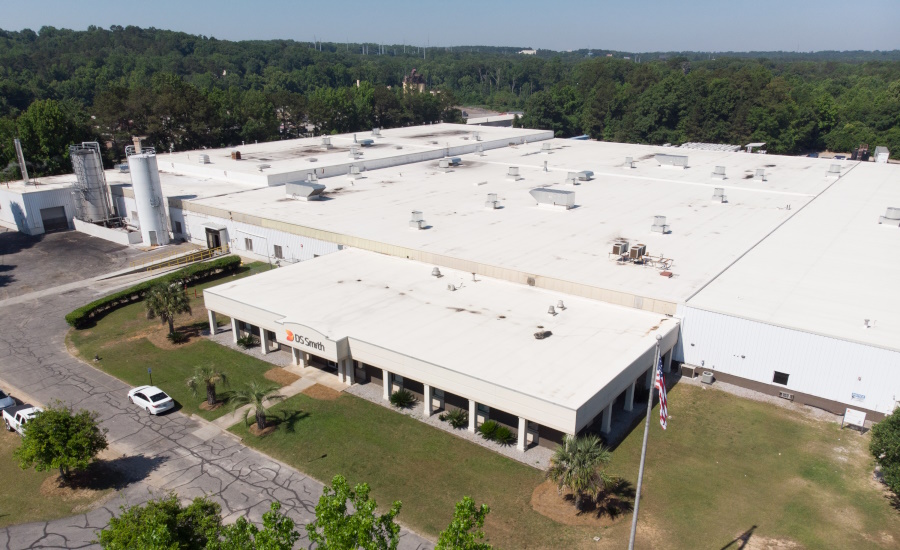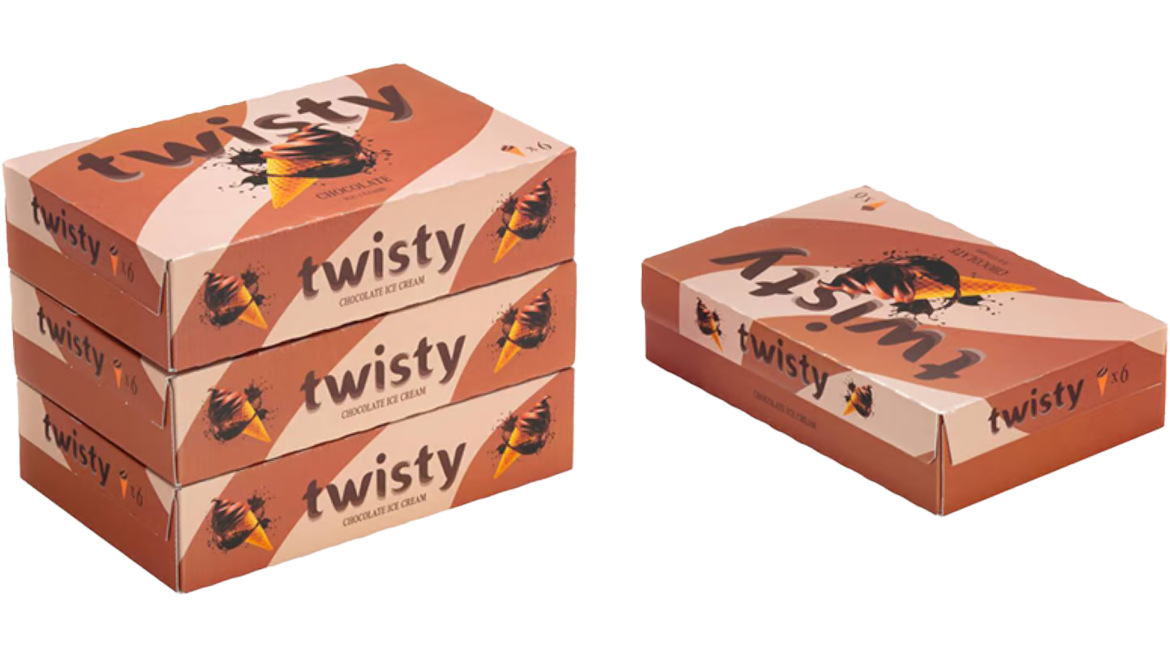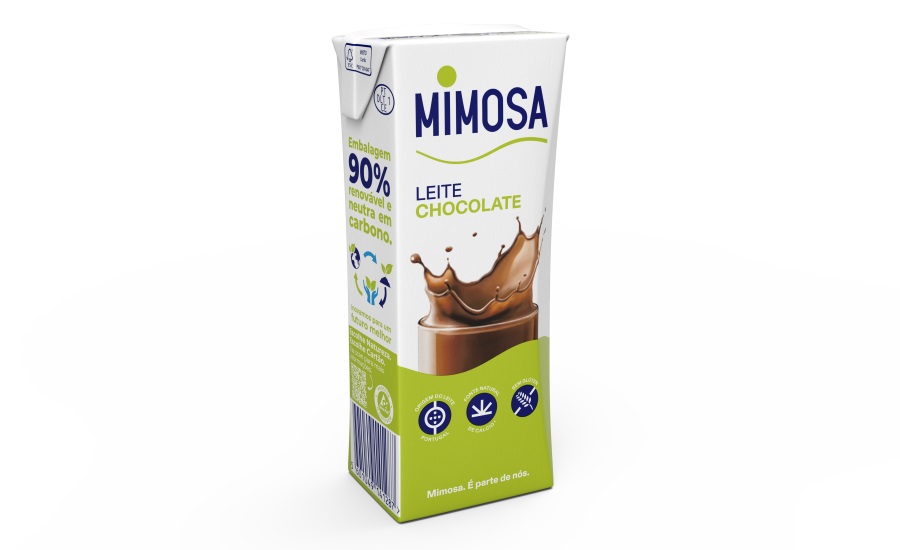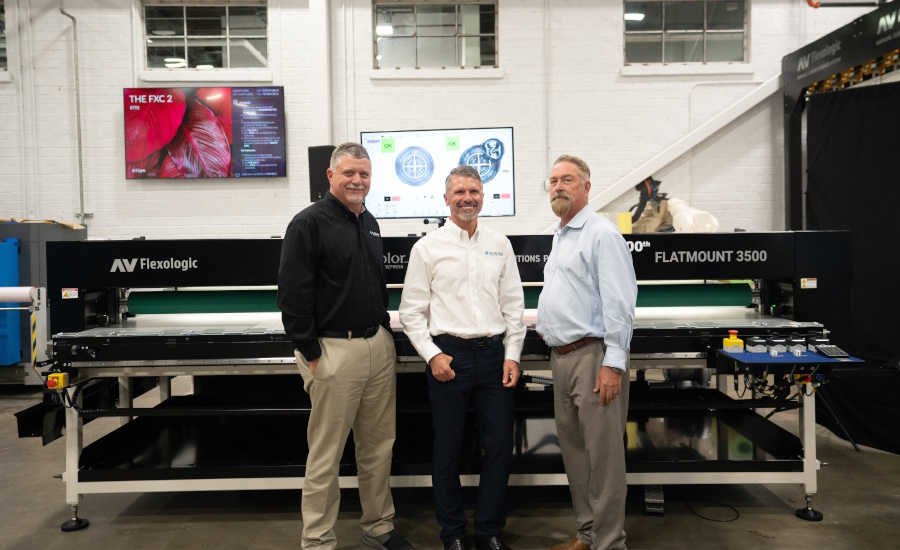As the packaging industry continues to see drastic improvements when it comes to sustainability and technology, paperboard, corrugated and carton solutions have been a key area of focus for manufacturers due to their dependability and ease of use. This focus has resulted in key innovations when it comes to environmental responsibility and design investments.
DS Smith’s box plant in South Carolina recently reduced its CO2 emissions thanks to a new steam recycling system.
Meanwhile, Metsä Board developed more sustainable fiber-based packaging for ice cream cones, in addition to minimizing ink usage.
TetraPak and Lactogal collaborated to create an eco-friendly aseptic milk carton made from 90% renewable materials.
And finally, Pacificolor made a significant investment with the help of Reproflex3 to bolster its corrugated graphics capabilities.
Learn more about these developments below.
DS Smith Box Plant Shrinks CO2 Emissions with Steam System

The Baviera Steam Systems technology helps DS Smith reduce energy consumption. Courtesy of DS Smith
DS Smith, a leading provider of sustainable, fiber-based packaging worldwide, recently completed the installation of new steam recycling technology that will reduce energy consumption by 20% in its Columbia, South Carolina, corrugated packaging facility. This investment is part of DS Smith’s ambitious sustainability commitments to its North American customers.
The new multi-million-dollar Baviera Steam Systems technology installed at the specialty coated box manufacturing plant efficiently recovers condensate typically lost in the corrugation process. Energy savings created through condensate recovery reduces DS Smith’s carbon footprint in Columbia, and the new technology also increases productivity by reducing maintenance downtime at the plant.
“Our South Carolina facility makes water-resistant, fully recyclable Greencoat® boxes for fresh poultry and produce providers – agribusinesses that recognize decarbonization as a key factor to their continued success,” said Steven Rose, Managing Director, Packaging, for DS Smith North America Packaging and Paper (NAPP). “With this investment, we are decreasing the amount of natural gas consumed at the facility by 20%, substantially reducing CO2 emissions while also enabling faster throughput.”
Metsä Board Partners with Industry Leaders to Develop Sustainable Ice Cream Cone Packaging

The lightweight material and minimized ink usage makes these packages much more sustainable. Courtesy of Metsä Board
Metsä Board collaborated with industry leaders to re-design a favorite of the frozen food aisle: ice cream cone packaging. The team looked into different stages of the value chain, ranging from material production, to ink usage and logistics. The result is a packaging with a significantly lower climate impact.
The team of design, printing and converting experts first analyzed frozen food packaging to identify areas of improvement. These solutions traditionally rely on recycled fibers and spot color printing. With this project, the team wanted to showcase new possibilities using carefully selected lightweight fresh fiber materials and flexographic printing methods to achieve excellent usability and unparalleled halftone graphics with less impact on the climate.
Metsä Board’s double coated white-top kraftliner (MetsäBoard Prime WKL, 125 g/m2) was selected as the top liner for its lightweight and smooth surface that enables excellent reproduction of detailed visuals. The inside liner and fluting were made from uncoated kraftliner (MetsäBoard Natural WKL Bright 90 g/m2) which is ideal for small and lightweight packaging requiring high strength. Both materials are made from pure and traceable fresh wood fiber making the packaging easily recyclable or compostable and safe for food packaging. Having two layers from same material also simplified production without compromising quality.
Tetra Pak and Lactogal Reduce Carbon Footprint of Aseptic Milk Cartons

The new cartons resulted in a carbon footprint reduction of around 33%. Courtesy of Tetra Pak
Following successful commercial consumer testing in 2022, Tetra Pak and Lactogal have now launched an aseptic beverage carton featuring a paper-based barrier.
This is part of a large-scale technology validation, involving around 25 million packages and currently ongoing in Portugal.
Made of approximately 80% paperboard, the package increases the renewable content to 90%, reduces its carbon footprint by one third (33%) and has been certified as Carbon Neutral by the Carbon Trust™.
Pacificolor Clients Stand to Gain from Company’s New Corrugated Graphics Equipment

Kenny Brooks, Pacificolor Vice President, Business Development, with CEO Tim Hirsch and Nick Brunk, Chief Revenue Officer at Pacificolor. Courtesy of Pacificolor
Pacificolor LLC, a leading name in the corrugated packaging industry in North America, has announced a significant investment of more than $200,000 in state-of-the-art equipment to enhance its production of high-quality corrugated graphics.
The investment includes the acquisition of an AV Flexologic Corrugated Flat Mounting Machine and the integration of Reproflex3's high-definition Vortex™ screening technology.
Vortex seamlessly integrates within existing print set-ups to optimize processes and deliver fast, efficient, precision printing. The technology has been created for ink on paper, corrugated board and film. It uses a unique set of tools to stabilize the flexographic print process to create superior print consistently and cost effectively.


